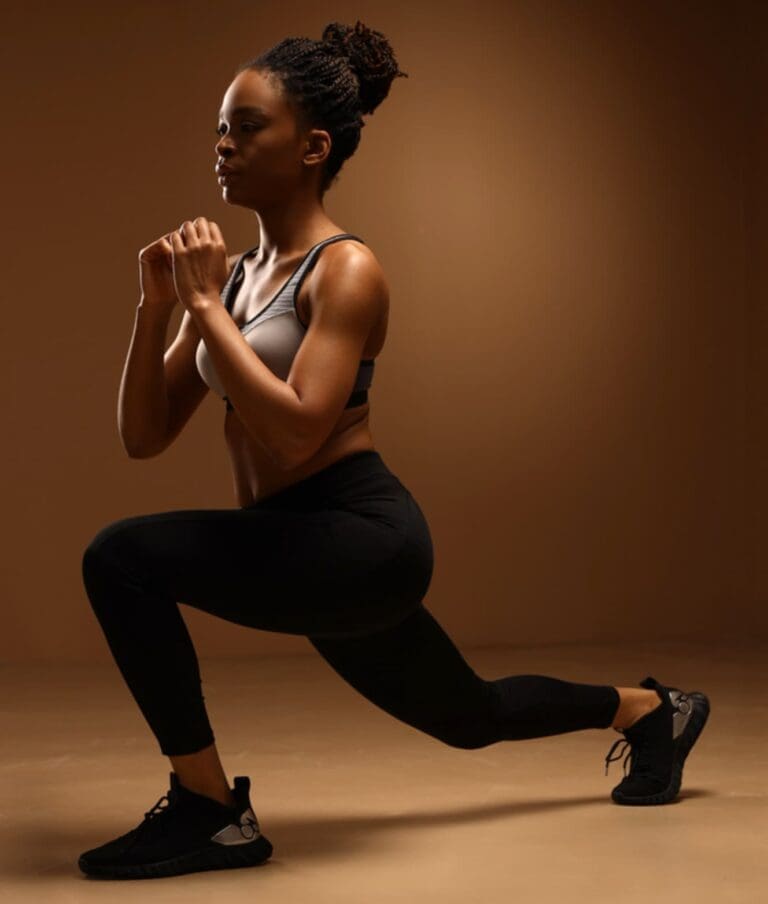
As a personal trainer in San Mateo, I understand the importance of muscle recovery after a workout. One of the most effective ways to aid in recovery is through the use of foam rolling. Foam rolling is a self-myofascial release technique that can help to increase blood flow, reduce muscle soreness, and improve range of motion.
Foam rolling works by applying pressure to specific muscle groups using a foam roller. This pressure helps to break up adhesions in the muscle tissue, also known as knots, which can cause muscle soreness and a limited range of motion. By breaking up these adhesions, foam rolling can increase blood flow to the muscles, promoting healing and recovery.
A study published in the Journal of Athletic Training found that foam rolling before and after exercise improved range of motion and reduced muscle soreness in athletes. Another study published in the Journal of Strength and Conditioning Research found that foam rolling improved muscle recovery and performance in resistance-trained individuals.
When foam rolling, it’s important to focus on specific muscle groups that are tight or sore. Some of the most commonly targeted areas include the quadriceps, hamstrings, glutes, and back. It’s also important to use proper technique to avoid injury. Start with a moderate pressure and work up to a more intense pressure as your muscles become accustomed to the foam roller.
To target the quadriceps, lay the foam roller on the ground and place your quadriceps on top of it. Use your hands to support your weight and roll up and down the quadriceps, focusing on any areas that feel sore or tight. To target the hamstrings , sit on the foam roller and place it at the back of your thighs. Slowly roll up and down the hamstrings, again focusing on any areas that feel sore or tight.
For the glutes, sit on the foam roller and place it at the side of one of your glutes. Use your hands to support your weight and roll up and down the glute, focusing on any areas that feel sore or tight. Repeat on the other side.
To target the back, lay the foam roller on the ground and place your upper back on top of it. Use your hands to support your weight and roll up and down the upper back, focusing on any areas that feel sore or tight.
It’s also important to note that foam rolling is not only beneficial for post-workout recovery but also as a warm-up before exercise. A study published in the International Journal of Exercise Science found that foam rolling before exercise improved muscle flexibility and power output. This suggests that foam rolling can be an effective tool for both recovery and performance enhancement.
In conclusion, foam rolling is an effective self-myofascial release technique that can help to increase blood flow, reduce muscle soreness, and improve range of motion. As a personal trainer in San Mateo, I often incorporate foam rolling into my clients’ recovery and warm-up routine for the best results. It’s important to focus on specific muscle groups and use proper technique to avoid injury. Incorporating foam rolling into your recovery routine can help you achieve your fitness goals and improve your overall performance.
If you’re interested in incorporating foam rolling into your recovery routine, but are unsure of where to start, I invite you to schedule a session with me. As a personal trainer, I can teach you proper technique, and show you how to target specific muscle groups to get the most out of your foam rolling sessions. Together, we can work towards achieving your fitness goals and improving your overall performance.
References:
- Journal of Athletic Training
- Journal of Strength and Conditioning Research
- International Journal of Exercise Science






